Search
Search Results
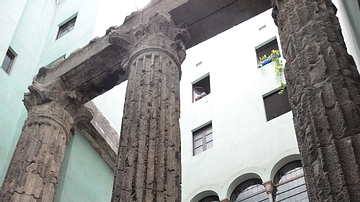
Image
Temple of Augustus, Barcelona
The remaining columns of the Temple of Augustus in Barcelona (Spain). It was built during the early Imperial period in the Roman colony of Barcino as a place of worship for Emperor Augustus (27 BC - 14 CE).
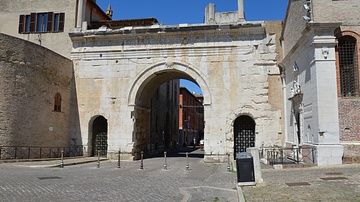
Image
Arch of Augustus in Fano
The Arch of Augustus in Fano (Italy) is a city gate in the form of a triumphal arch with three vaults that served as the entrance to the city of Colonia Julia Fanestris by the via Flaminia (modern-day Fano). The monument is dated to 9 CE...
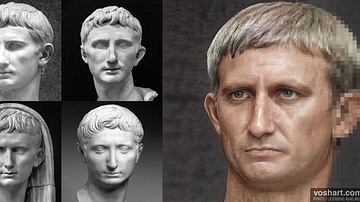
Image
Augustus (Aged Artistic Facial Reconstruction)
A photorealistic representation of what the Roman emperor Augustus (r. 27 BCE-14 CE) may have looked like as a middle-aged man. Pictured alongside the reconstruction are the busts and statuary used as references. From left to right and top...
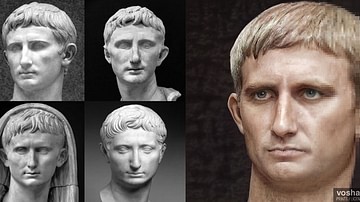
Image
Augustus (Artistic Facial Reconstruction)
A photorealistic representation of what the Roman emperor Augustus (r. 27 BCE-14 CE) may have looked like as a young man. Pictured alongside the reconstruction are the busts and statuary used as references. From left to right and top to bottom...

Image
Forum of Augustus, Rome
A reconstruction of the Forum of Augustus in Rome with the temple of Mars Ultor, late 1st century BCE.
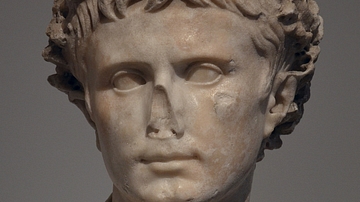
Image
Bust of Augustus
Bust of Augustus wearing the oak crown (corona civica) discovered on the site of the Roman villa of Chiragan (France), 19-18 BCE. (Toulouse, Musée Saint-Raymond)
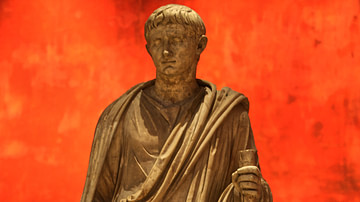
Image
Statue of Emperor Augustus
Statue of Emperor Augustus (r. 27 BCE to 14 CE).
Ny Carlsberg Glyptotek, Copenhagen.
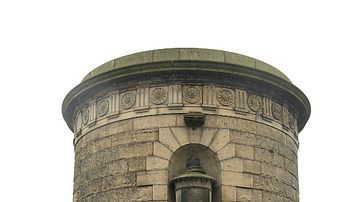
Image
Mausoleum of David Hume
The mausoleum of the Scottish philosopher David Hume (1711-1776) in the Old Calton Cemetery, Edinburgh.
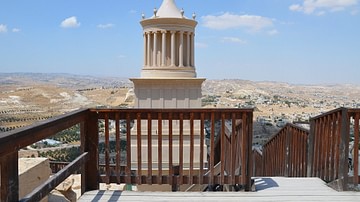
Image
Model of Herod's Mausoleum
The model of Herod's mausoleum, the first storey was a plinth, which supported the second, square one; above this was a circular tholos, which incorporated an internal chamber surrounded by an Ionic colonnade, topped by a dome. Herodium...
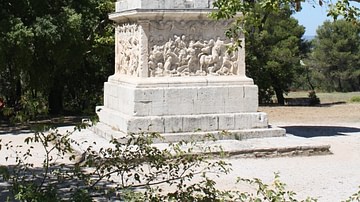
Image
Mausoleum, Glanum
The mausoleum tower at Glanum, which would have once stood alongside many other funerary monuments, dates to c. 40 BCE. It has traditionally been attributed to the three Julius brothers of Julius Caesar’s family but the names (Sectus, Lucius...